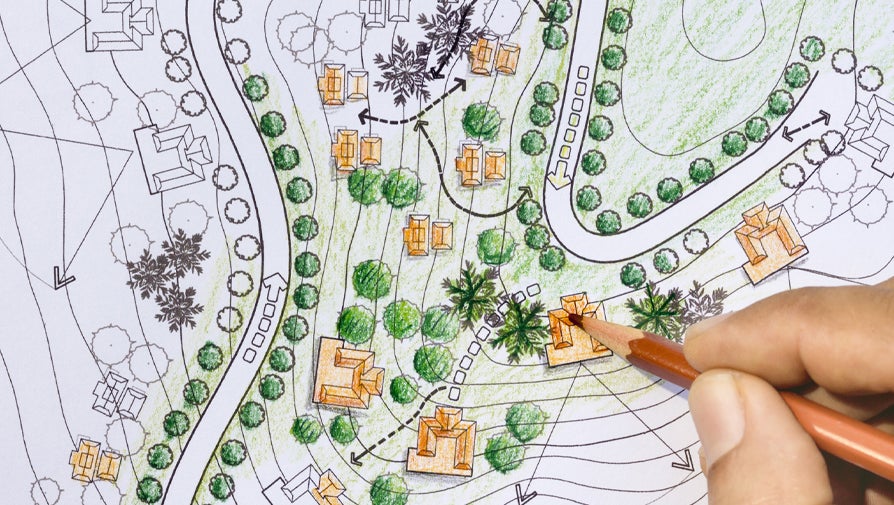Sustainable Landscape Architecture: Designing a Greener Future
Sustainable landscape architecture plays a crucial role in creating environmentally friendly and socially responsible outdoor spaces. By integrating ecological principles and sustainable practices, landscape architects strive to design spaces that enhance biodiversity, conserve resources, and promote human well-being.
Creating Healthy Ecosystems
One of the primary goals of sustainable landscape architecture is to create and restore healthy ecosystems. This involves careful selection of native plants that are adapted to the local climate, soil, and water conditions. By using native species, landscape architects can reduce the need for excessive irrigation, fertilizers, and pesticides, thus minimizing the negative impact on the environment and promoting biodiversity.
Furthermore, sustainable landscape architecture emphasizes the preservation and restoration of natural habitats. By incorporating green infrastructure elements such as rain gardens, bioswales, and green roofs, landscape architects can manage stormwater runoff, improve water quality, and create habitats for wildlife.
Promoting Social Well-being
Sustainable landscape architecture goes beyond ecological considerations and also focuses on promoting social well-being. By creating accessible and inclusive outdoor spaces, landscape architects aim to enhance the quality of life for all individuals.
Designing parks, gardens, and public spaces that are easily accessible to people of all ages and abilities encourages physical activity, social interaction, and overall well-being. Incorporating amenities such as seating areas, shade structures, and playgrounds further enhances the usability and enjoyment of these spaces.
Conserving Resources
Conserving resources is a key principle of sustainable landscape architecture. By employing water-efficient irrigation systems, using recycled materials for construction, and implementing strategies to reduce energy consumption, landscape architects can significantly minimize the environmental footprint of outdoor spaces.
Additionally, sustainable landscape architecture emphasizes the use of renewable energy sources such as solar panels for outdoor lighting and the integration of green infrastructure elements to mitigate the urban heat island effect. These practices not only reduce energy consumption but also contribute to creating more resilient and climate-responsive landscapes.
Conclusion
Sustainable landscape architecture is essential for designing a greener future. By integrating ecological principles, promoting social well-being, and conserving resources, landscape architects can create outdoor spaces that are both aesthetically pleasing and environmentally responsible. The incorporation of sustainable practices in landscape architecture is crucial for mitigating the negative impacts of urbanization and climate change, and for fostering a healthier and more sustainable planet for future generations.
